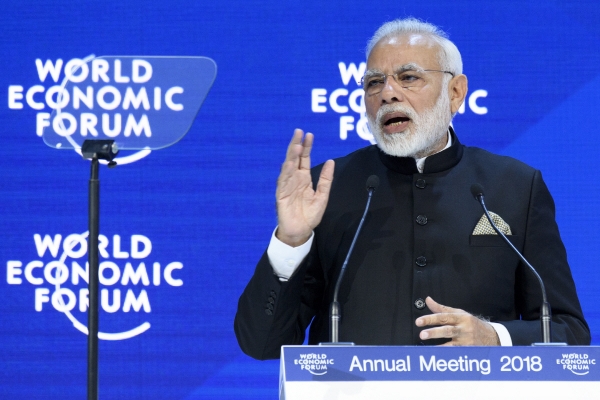 |
| Modi (Prime Minister of India) |
India’s latest Union Budget has bolstered steelmakers’ hopes for rising demand through infrastructure development but has disappointed those expecting stronger trade protection measures. While the government adjusted the tariff on certain stainless steel imports, broader duties on imported steel remain unchanged, raising concerns over increasing competition from low-cost imports, particularly from China.
Limited Tariff Changes Leave Steelmakers Concerned
Apart from revising the tariff rate on flat rolled stainless steel products (600mm or more in width) from 22.5% to 15%, the budget did not introduce significant changes to import duties. The basic customs duty remains at 7.5%, keeping the cost of imported steel largely unchanged.
India’s finished steel imports surged by 20.3% to 7.27 million tonnes between April and December 2024, highlighting growing pressure on domestic producers. MEPS global market research analyst Amit Kumar noted that domestic steel prices have been declining due to increased low-cost imports and subdued market demand, a trend influenced by seasonal factors such as the festive period and multiple state elections.
While the government did not impose safeguard duties as many industry players had anticipated, its commitment to infrastructure development could help stabilize market sentiment in the coming weeks.
Infrastructure Spending to Drive Steel Demand
Despite the lack of trade protection measures, India's steel industry remains optimistic about rising demand due to the government’s infrastructure-focused spending. The budget earmarked INR11.20 trillion (USD128 billion) for capital expenditure in FY2025/26, marking a 9.8% year-on-year increase and reinforcing the government’s strategy of using infrastructure investment to fuel economic growth.
Key allocations include:
- Indian Railways: INR2.52 trillion (USD28.8 billion) for freight corridor expansions, rail center upgrades, and safety improvements.
- National Highways Authority of India (NHAI): INR1.88 trillion (USD21.5 billion) to enhance road infrastructure.
- Maritime Development Fund: INR250 billion (USD2.86 billion), with government contributions of up to 49% and the remainder sourced from ports and private investors.
- Urban Challenge Fund: INR1 trillion (USD11.44 billion), with INR100 billion (USD1.44 billion) allocated for FY2025/26 to support high-rise buildings, metro projects, and industrial hubs.
Uncertainty Over Implementation and Market Impact
Despite optimistic growth projections—worldsteel forecasts India’s steel consumption to rise by 8.5% in 2025—concerns remain over the pace of government spending. MEPS research contacts in India cite delays in fund allocation and slow progress on existing infrastructure projects as potential roadblocks to realizing the budget’s full impact.
However, indirect benefits could emerge. A reduction in direct taxes is expected to boost middle-class spending, driving growth in the automotive and consumer sectors, which together account for approximately 15% of India’s total steel consumption. The real estate sector may also see increased activity due to improved purchasing power.
While trade protection measures remain absent, the government’s sustained infrastructure push offers a silver lining for India’s steel industry. The effectiveness of these budgetary commitments will depend on timely fund disbursement and efficient project execution in the coming year.
Tags
STEEL

